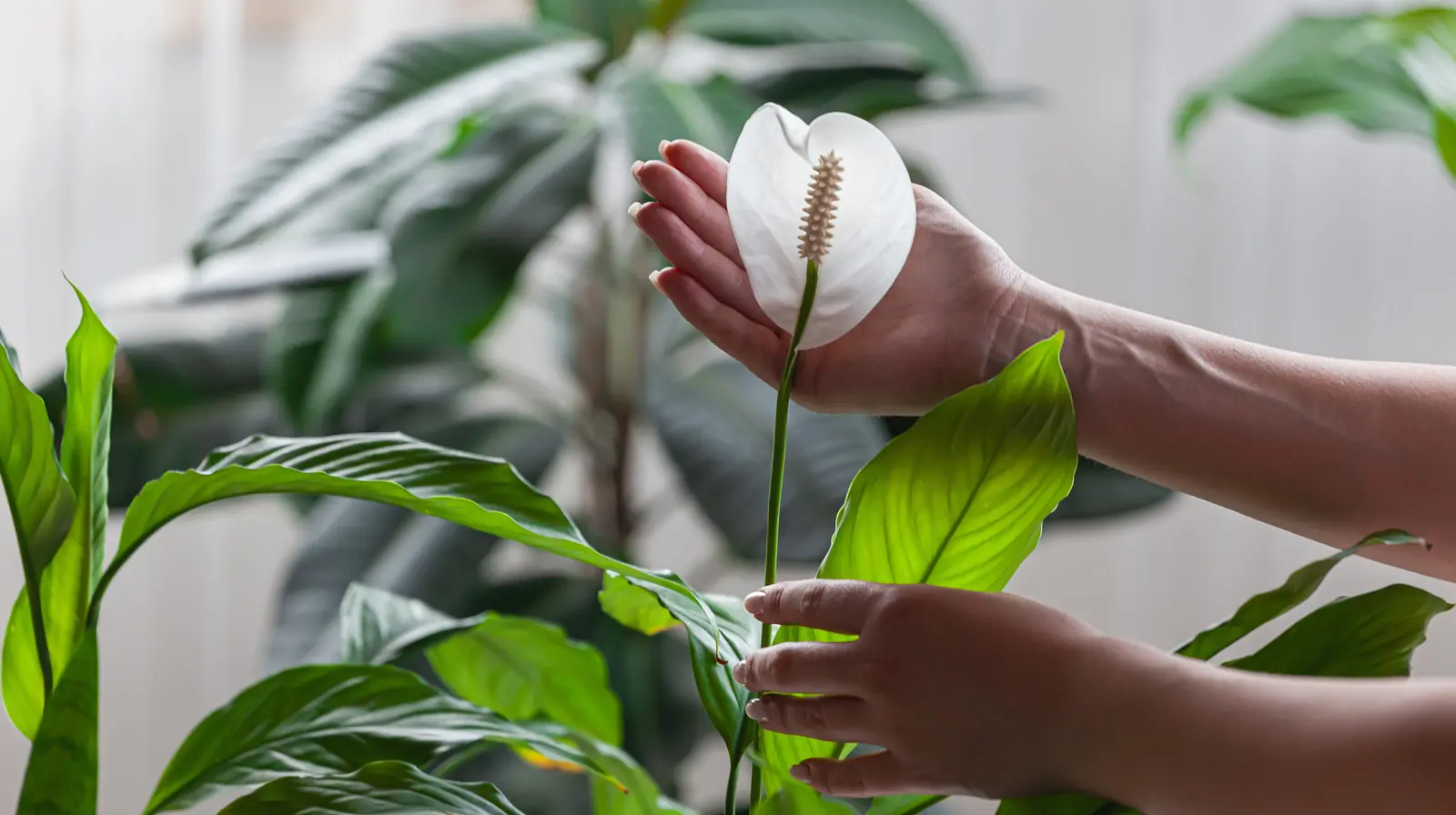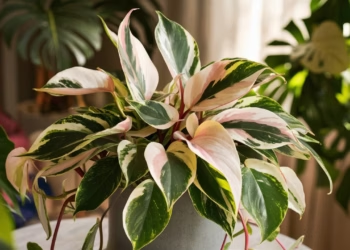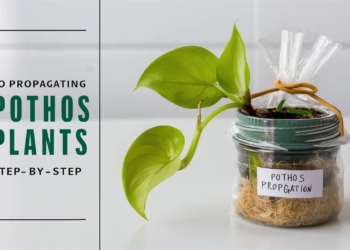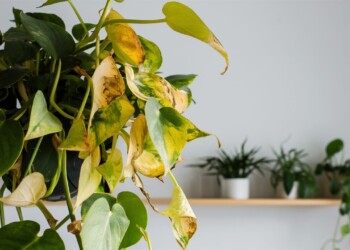Are you experiencing the heartache of watching your beloved vibrant peace lily plant flower turning brown ? Fear not, fellow plant enthusiasts! In this comprehensive guide, we’ll delve into the mysteries behind this botanical dilemma and equip you with the knowledge to restore your plant to its former glory. So, grab your gardening gloves and let’s uncover the reasons why your peace lily’s flowers might be losing their luster!
Exploring the Life Cycle of Peace Lily
Before delving into the intricacies of brown or green peace lily flowers, let us first acquaint ourselves with the life cycle of this captivating plant. Peace lilies, native to tropical regions, boast glossy, dark green leaves and distinctive white flowers. Their perennial evergreen nature renders them resilient additions to indoor spaces, thriving under conditions of indirect sunlight and moderate humidity. While the average lifespan of peace lilies spans 3 to 5 years, meticulous care and optimal environmental conditions can prolong their vitality, with certain variants enduring for up to two decades.
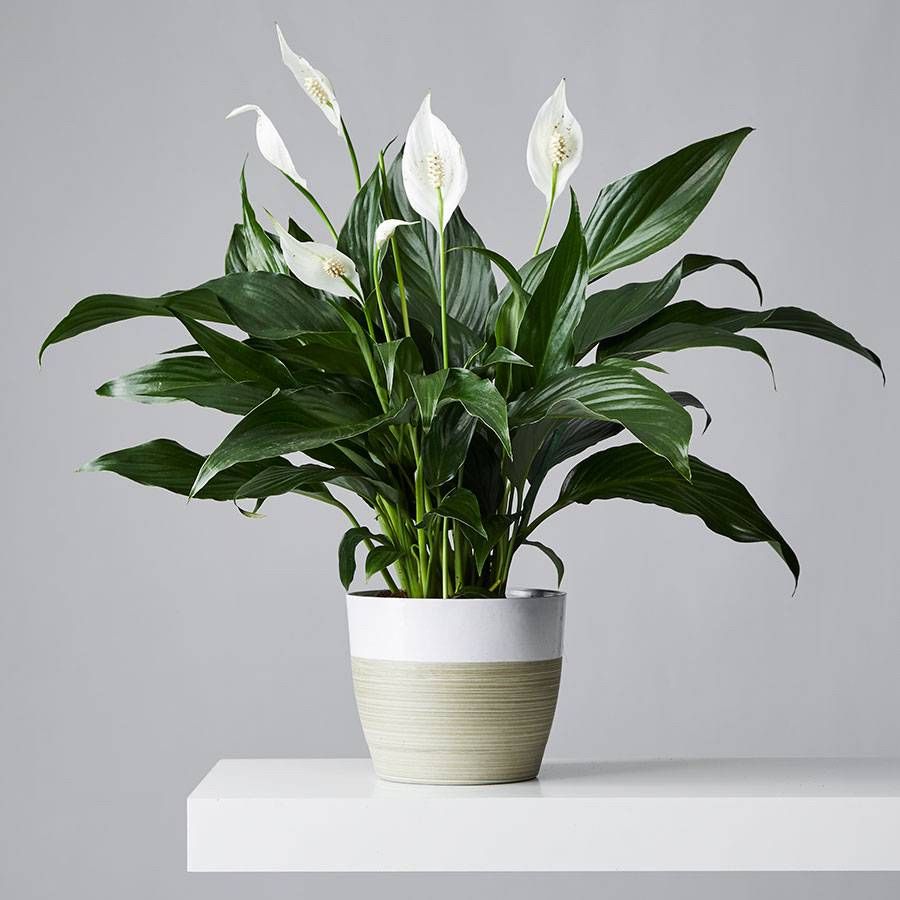
What Makes Peace Lily Flowers Turn Brown?
Ah, the million-dollar question: why do those pristine white flowers suddenly take on a less-than-flattering brown hue? While there’s no one-size-fits-all answer, several factors could be contributing to this botanical bummer. Let’s explore them in detail:
Overwatering
Ah, the classic case of too much of a good thing! While it’s true that peace lilies enjoy a moist environment, drowning them in water is a surefire way to send their flowers into a downward spiral. Overwatering can lead to root rot, depriving the plant of essential nutrients and oxygen, and causing its delicate blooms to turn brown and wilt.
Signs of Overwatering
- Yellowing leaves
- Soggy soil
- Foul odor emanating from the pot

Underwatering
On the flip side, neglecting your peace lily’s hydration needs can also spell trouble. If you’ve been stingy with the watering can, your plant may be crying out for moisture, causing its once-pristine flowers to wither and brown.
Signs of Underwatering
- Drooping leaves
- Dry, crispy soil
- Wilting flowers

Incorrect Light Conditions
Peace lilies are notorious for their sensitivity to light. While they thrive in bright, indirect sunlight, subjecting them to harsh, direct rays can scorch their delicate foliage and flowers, turning them brown in the process.
Finding the Right Balance
- Place your peace lily in a well-lit room away from direct sunlight.
- Rotate the plant periodically to ensure even exposure to light.

Temperature Extremes
Just like Goldilocks and her porridge, peace lilies prefer their surroundings to be not too hot, not too cold, but just right. Exposing them to extreme temperatures, whether it’s drafts from air conditioning or blasts of heat from nearby radiators, can stress the plant and cause its flowers to fade and brown.
Creating a Comfortable Environment
- Maintain a consistent room temperature between 65-80°F (18-27°C).
- Shield your plant from drafts and sudden temperature fluctuations.

Humidity Imbalance
Indoor environments characterized by diminished humidity levels can induce browning of peace lily flowers, impeding their optimal development.
Solution: Augment ambient humidity through periodic misting of both flowers and foliage, thereby fostering an environment conducive to the plant’s flourishing.

Environmental Stressors
Various stressors, including frequent repotting, nutrient deficiencies, and inadequate lighting, can manifest as brown or blackened flowers, indicative of the plant’s distress.
Solution: Exercise caution during repotting, ensuring gentle handling of roots and provision of adequate drainage. Adhere to a judicious watering regimen and furnish the plant with requisite luminosity to mitigate stress-induced discoloration.
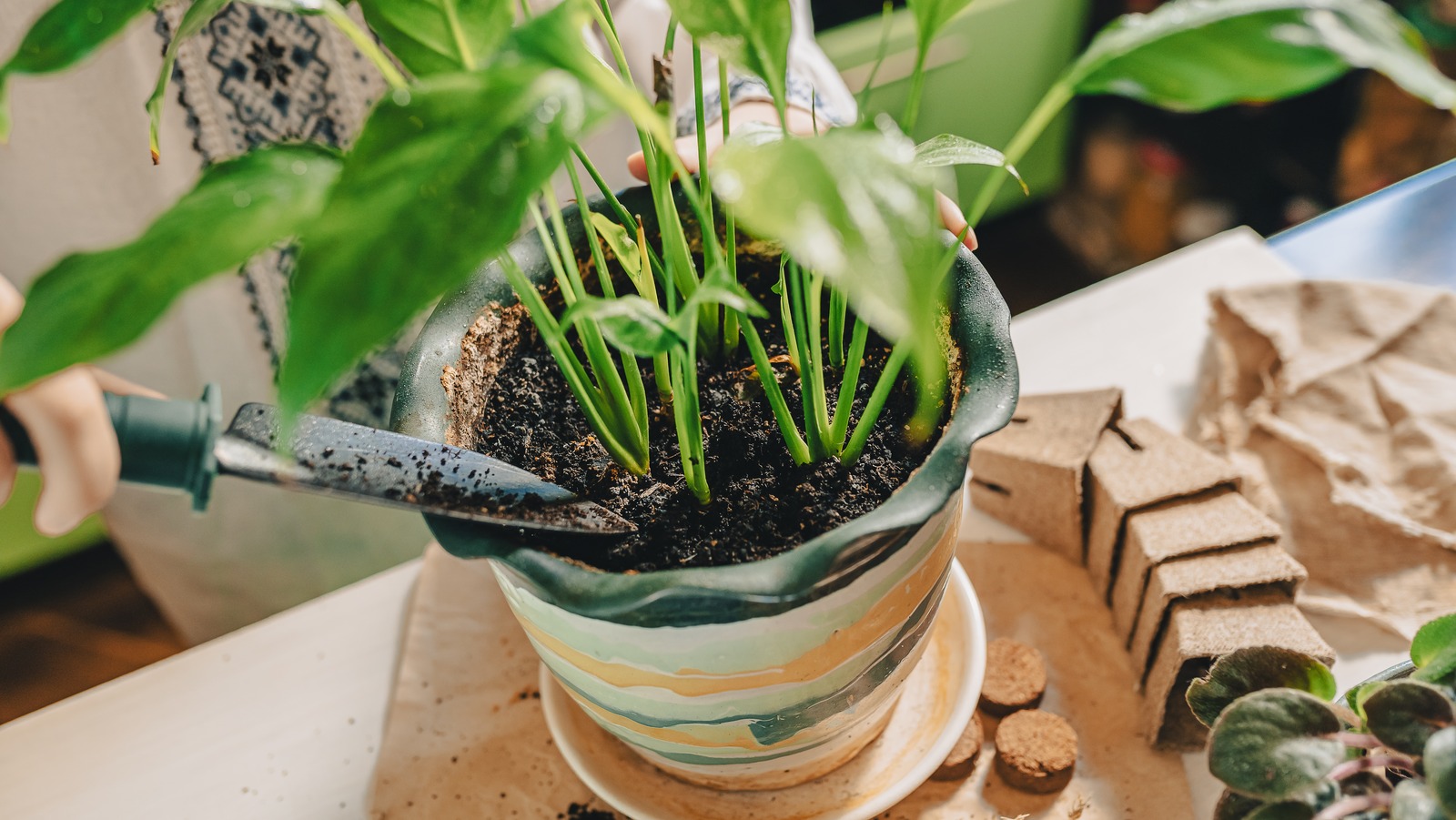
Mineral Buildup in Soil
Mineral buildup in the soil can wreak havoc on your peace lily’s health, leading to nutrient imbalances and unsightly brown spots on its flowers. This accumulation is often the result of using hard water or overfertilizing the plant.
Combatting Mineral Buildup
- Use distilled or filtered water to prevent mineral deposits.
- Flush the soil periodically to remove excess salts and minerals.

Natural Aging Process
In adherence to its natural life cycle, the peace lily’s flowers transition from green to white before ultimately assuming hues of brown, signifying the culmination of their lifespan.
Solution: Embrace this natural progression by promptly removing faded or browned flowers, ensuring optimal care to sustain the plant’s vitality amidst its lifecycle.
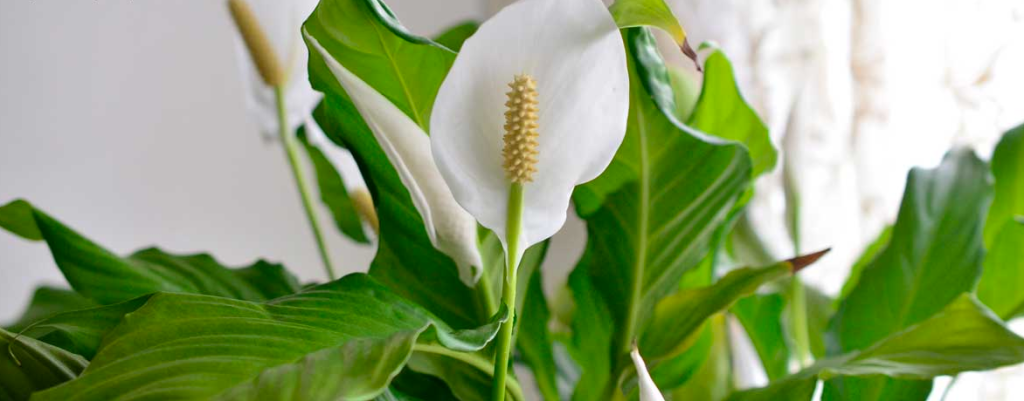
And there you have it, folks – the lowdown on why your peace lily plant’s flowers might be turning brown and what you can do to remedy the situation! Whether it’s adjusting your watering schedule, fine-tuning the lighting conditions, or addressing mineral buildup in the soil, a little TLC goes a long way in keeping your peace lily happy and healthy. So, don’t despair at those unsightly brown blooms – armed with this knowledge, you’ll be well-equipped to bring your beloved plant back to its former glory in no time!
FAQs
Should I cut the brown flowers off my peace lily?
Yes, you can trim off the brown flowers from your peace lily once they have wilted or turned brown. Use clean, sharp scissors or pruning shears to cut the flowers at the base of the stem. Removing spent flowers can help improve the plant’s appearance and encourage new growth.
How do I get my peace lily to flower again?
To encourage your peace lily to flower again:
- Provide adequate light: Place the plant in a location with bright, indirect sunlight.
- Ensure proper watering: Keep the soil consistently moist but not waterlogged, and avoid overwatering or underwatering.
- Maintain humidity: Peace lilies prefer high humidity, so misting the leaves occasionally or using a humidifier can help.
- Fertilize occasionally: Use a balanced fertilizer diluted to half strength during the growing season to promote healthy growth and flowering.
- Be patient: Peace lilies may take some time to produce new flowers, so continue to provide proper care and patience.
What does an overwatered peace lily look like?
Signs of overwatering in a peace lily may include:
- Yellowing or wilting leaves, especially if they feel mushy or soft.
- Browning or blackening of leaf edges or tips.
- Soggy or waterlogged soil.
- Foul odor emanating from the soil, indicating root rot. If you suspect overwatering, allow the soil to dry out partially between waterings and adjust watering practices to prevent further damage.
How do you keep peace lily flowers white?
To keep peace lily flowers white and healthy:
- Provide proper care: Ensure the plant receives adequate light, water, and humidity.
- Remove spent flowers: Trim off brown or wilted flowers promptly to maintain the plant’s appearance and encourage new blooms.
- Keep the leaves clean: Wipe the leaves with a damp cloth or sponge periodically to remove dust and debris, which can affect the plant’s ability to photosynthesize.
Will my peace lily ever bloom again?
With proper care, peace lilies can bloom multiple times throughout the year. Providing adequate light, water, and humidity, along with occasional fertilization, can encourage your peace lily to produce new flowers.
Will peace lily flowers grow back?
Yes, peace lily flowers can grow back if the plant is provided with proper care and conditions. Once the flowers have wilted or turned brown, you can trim them off to encourage new growth and flowering. With patience and consistent care, your peace lily should continue to bloom and thrive.
